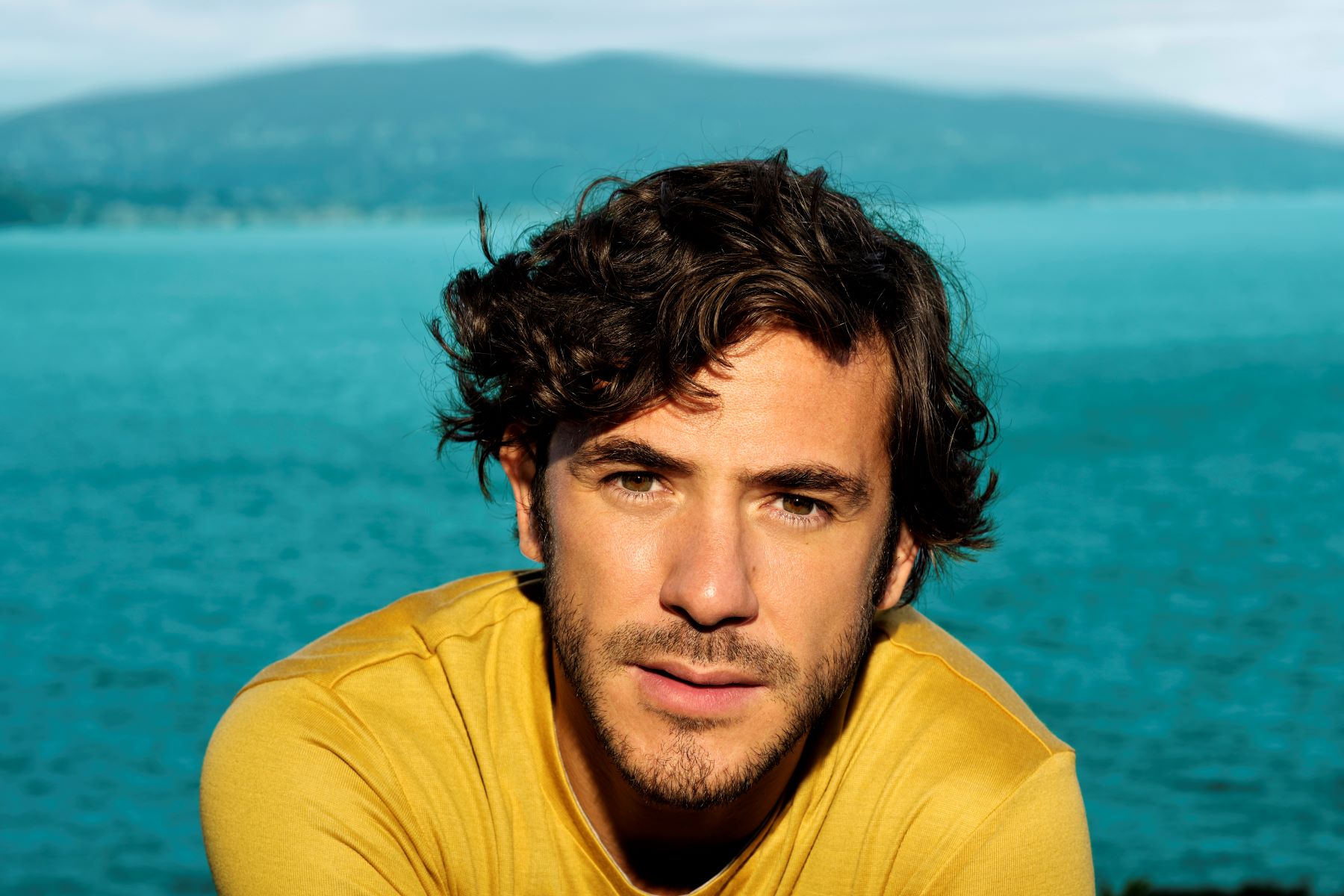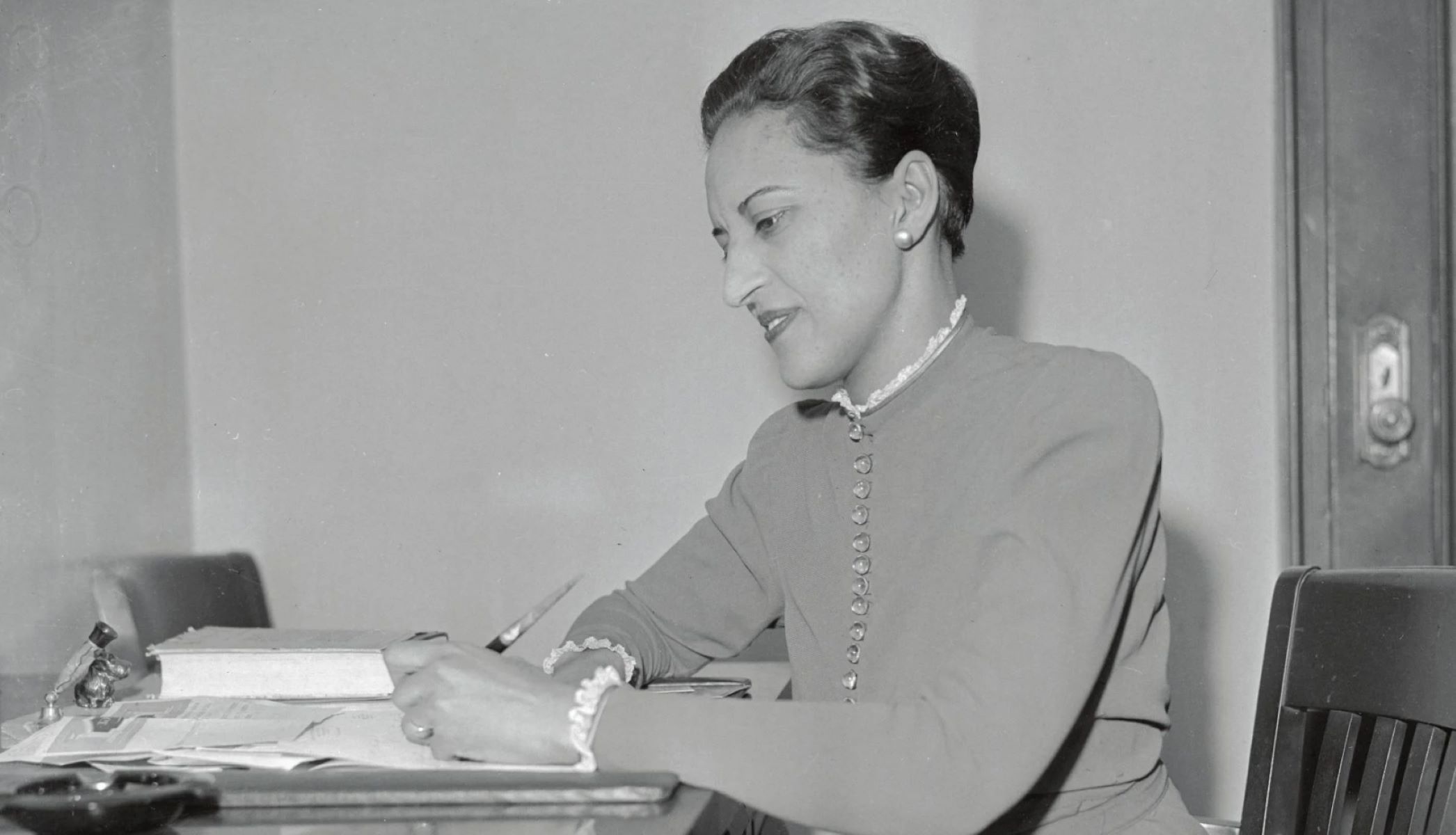
Who was Lee Harvey Oswald? This name often sparks curiosity and controversy. Oswald is most famously known as the alleged assassin of President John F. Kennedy. Born in 1939, he led a life filled with twists and turns, from his time in the U.S. Marine Corps to his defection to the Soviet Union. His actions on November 22, 1963, in Dallas, Texas, changed American history forever. But who was he really? Was he a lone gunman or part of a larger conspiracy? This post dives into 36 intriguing facts about Lee Harvey Oswald, shedding light on the man behind one of history's most debated events.
Key Takeaways:
- Lee Harvey Oswald's troubled upbringing and ideological journey from the military to the Soviet Union shed light on his later actions, including the assassination of President Kennedy.
- The aftermath of Oswald's death continues to fuel intense debate and conspiracy theories, leaving the question of his involvement in Kennedy's assassination unresolved.
Early Life and Background
Lee Harvey Oswald's early years were marked by significant events that shaped his future. Understanding his background provides insight into his later actions.
- Born on October 18, 1939, in New Orleans, Louisiana, Oswald was the son of Robert Edward Lee Oswald Sr. and Marguerite Frances Claverie.
- His father died of a heart attack two months before he was born, leaving his mother to raise him and his two older brothers alone.
- Oswald's family moved frequently during his childhood, living in various cities across Louisiana and Texas.
- He attended 22 different schools before dropping out of high school at age 17.
- At 15, he was already showing signs of a troubled youth, being diagnosed with a personality pattern disturbance by a psychiatrist.
Military Service
Oswald's time in the military played a crucial role in his life, exposing him to new ideologies and skills.
- He enlisted in the U.S. Marine Corps in October 1956, at the age of 17.
- Oswald was trained as a radar operator, a position that required a security clearance.
- He scored a 212 on his rifle qualification test, earning the designation of "sharpshooter."
- During his service, Oswald developed an interest in Marxism, reading extensively on the subject.
- He was court-martialed twice, once for possessing an unauthorized weapon and another time for fighting with a sergeant.
Defection to the Soviet Union
Oswald's defection to the Soviet Union was a pivotal moment, reflecting his deepening ideological beliefs.
- In October 1959, Oswald traveled to Moscow and declared his intention to renounce his U.S. citizenship.
- He attempted suicide when Soviet authorities initially denied his request to stay.
- Eventually, he was granted permission to remain in the Soviet Union and was sent to Minsk, where he worked in a factory.
- Oswald married Marina Prusakova, a Russian woman, in April 1961.
- Despite his initial enthusiasm, he became disillusioned with Soviet life and decided to return to the United States in 1962.
Return to the United States
Upon returning to the U.S., Oswald's life took several twists and turns, leading up to the fateful events in Dallas.
- Oswald, Marina, and their daughter June arrived in New York City in June 1962.
- They settled in Fort Worth, Texas, where Oswald struggled to find stable employment.
- He became involved with pro-Castro organizations, including the Fair Play for Cuba Committee.
- In April 1963, Oswald attempted to assassinate General Edwin Walker, a staunch anti-communist, but missed.
- He moved to New Orleans in the summer of 1963, where he continued his pro-Castro activities.
Assassination of President Kennedy
The assassination of President John F. Kennedy on November 22, 1963, remains one of the most significant events in American history.
- Oswald secured a job at the Texas School Book Depository in Dallas in October 1963.
- On November 22, 1963, he allegedly fired three shots from the sixth floor of the Depository, killing President Kennedy.
- Oswald was arrested later that day at the Texas Theatre, where he had gone after the shooting.
- He was charged with the murder of Dallas police officer J.D. Tippit, who was killed shortly after Kennedy's assassination.
- Oswald denied any involvement in the assassination, famously stating, "I'm just a patsy."
Oswald's Death and Aftermath
Oswald's death and the subsequent investigations have fueled numerous conspiracy theories and debates.
- On November 24, 1963, Oswald was shot and killed by nightclub owner Jack Ruby while being transferred from the city jail to the county jail.
- Ruby claimed he killed Oswald to spare Jacqueline Kennedy the ordeal of a trial.
- The Warren Commission, established by President Lyndon B. Johnson, concluded that Oswald acted alone in assassinating President Kennedy.
- Despite the Warren Commission's findings, many Americans believe there was a conspiracy involving multiple parties.
- The House Select Committee on Assassinations, formed in the 1970s, concluded that Kennedy's assassination was likely the result of a conspiracy but did not identify all the conspirators.
Legacy and Controversies
Oswald's life and actions continue to be the subject of intense scrutiny and debate.
- Numerous books, films, and documentaries have been produced about Oswald and the Kennedy assassination.
- The Zapruder film, a home movie capturing the assassination, has been analyzed extensively for evidence of multiple shooters.
- Oswald's widow, Marina, has maintained that her husband was innocent of the assassination.
- The release of classified documents related to the assassination has been delayed multiple times, fueling further speculation.
- Oswald's grave in Fort Worth, Texas, has become a site of interest for historians and conspiracy theorists alike.
- Despite the passage of time, the question of whether Oswald acted alone or as part of a larger conspiracy remains unresolved.
The Last Word on Lee Harvey Oswald
Lee Harvey Oswald remains one of history's most enigmatic figures. His life, filled with twists and turns, continues to spark debates and theories. From his time in the Marines to his defection to the Soviet Union, Oswald's actions were anything but ordinary. His role in the assassination of President John F. Kennedy has cemented his place in history, but questions still linger. Was he a lone gunman or part of a larger conspiracy? The facts we've explored offer a glimpse into his complex life, but the full story may never be known. As we reflect on these 36 facts, it's clear that Oswald's life was a tangled web of intrigue and mystery. Whether viewed as a troubled individual or a pawn in a larger game, Lee Harvey Oswald's legacy endures, leaving us with more questions than answers.
Frequently Asked Questions
Was this page helpful?
Our commitment to delivering trustworthy and engaging content is at the heart of what we do. Each fact on our site is contributed by real users like you, bringing a wealth of diverse insights and information. To ensure the highest standards of accuracy and reliability, our dedicated editors meticulously review each submission. This process guarantees that the facts we share are not only fascinating but also credible. Trust in our commitment to quality and authenticity as you explore and learn with us.


